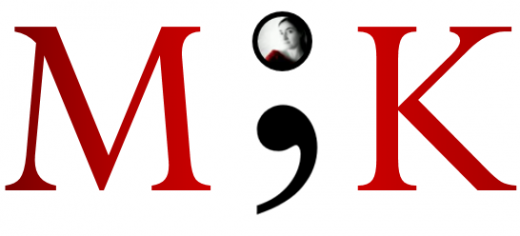by Mikhaeyla Kopievsky
Did you know that Bilbo Baggins was a girl?
Neither did I, but it appears that Michelle Nijhuis’ daughter insists on it. In Michelle’s great post, she at first resists her daughter’s remonstrations before finally capitulating…and the result surprises her:
What the hell, it’s just a pronoun. My daughter wants Bilbo to be a girl, so a girl she will be.
And you know what? The switch was easy. Bilbo, it turns out, makes a terrific heroine. She’s tough, resourceful, humble, funny, and uses her wits to make off with a spectacular piece of jewelry. Perhaps most importantly, she never makes an issue of her gender—and neither does anyone else.
The post goes on to explain that female characters are still under-represented in children’s literature, a situation reflected in other story media such as cinema, in which studies have shown a gender imbalance of 2.5 males to 1 female in speaking parts across 500 of the top grossing fictional films of the last decade.
Some might argue that the gender imbalance isn’t as important if the story presents the female character as lead and protagonist. But isn’t there an issue if a female exists isolated in a story, surrounded by males and demonstrating her agency only within a male-dominated world?
This issue is somewhat considered in the Bechdel Test, which gives a movie a pass or fail depending on whether it contains at least two female characters AND those female characters have a conversation amongst themselves AND the conversation is on a subject other than men.
The Bechdel Test aims to identify stories where female characters are simply token gestures or, worse, simple props for the development of their male counterparts. If the Bechdel Test can go some way into identifying the problem, then I think the simplified Bilbo Baggins gender reversal (replacing the male pronoun with the female) is part of the solution. I love this technique, because it enables me to uncover and consider gender assumptions and bias in both reading AND writing. I also like that it effectively deals with the issue of the “strong female” character.
Sophia McDougall caused quite a stir with her insightful article on why she hates strong female characters – it appears she is not alone. There is some great thinking and great responses out there on the internet that a simple google search will uncover (my favourite is from the Librarian who doesn’t say shhh!) and most of them agree with a simple premise – A character who is only strong is still a one-dimensional character.
Female characters and, more particularly, female protagonists, are capable of character traits beyond “strength” (Laura Bogart does a great job of identifying and discussing this in her article on Stephen King’s Carrie). They can be vulnerable, arrogant, undecided, quick-tempered, loyal, exasperating and ambitious. They can be tough, resourceful, humble, funny and wise – just like our female Bilbo Baggins.
WIth all of this in mind, I am setting three tests for the development of my Elementals novel:
1. Is there a realistic gender balance?
2. Does it pass the Bechdel Test?
3. Are ALL of my main characters multi-dimensional and free from gender assumptions and bias?

Funny, I just read about the young daughter insisting Bilbo was a girl the other day. Its an idea that is obviously going to keep resonating with people 🙂
LikeLike
I agree! I’ve also been amusing myself with thoughts of gender-reversing Shrek, Donkey and Fiona 🙂
LikeLike
Great post! The Bechdel Test really does make you think about our literature and film in new ways. I hadn’t thought of applying it to my own work in progress, but it’s something I’ll be thinking about as I write.
LikeLike
Thanks Kyra – Strange how so many films and books fail such a simple test, hey? Hope it helps your WIP 🙂
LikeLike
What a neat post! I had never heard of the Bechdel test – I will definitely be considering that angle in my movie-watching!
The movie should definitely be remade with an actress in Bilbo’s role – might make the film bearable.
I must disagree somewhat with the idea that the heroine’s defining character value can’t just be strength. It’s a hero. The whole point of a hero/ine is virtue, and strength (which can mean many things – patience, endurance, perseverance, self-confidence, etc.) simply makes sense as the primary virtue for the hero in a drama, where the hero must overcome some horrible adversity and come out on top. Of course women are typically portrayed as one-dimensional so it’s very sensible to desire a more rounded character. That doesn’t mean her overarching virtue ***as a fictional character in a drama*** shouldn’t reflect the key personal value that the movie wishes to praise (strength, courage, compassion, whatever).
I’ll definitely spend the rest of the day perusing the other links you included lol!
LikeLike
Thanks Tiffany! Yeah, I wasn’t a fan of the movie either, but loved the book as a kid. As for the ‘strong female character’ issue – I think you hit the nail on the head when you note that ‘strength’ is a fairly vague term. Yes, our protagonists have a key strength (hopefully more than one with a multidimensional character), but what is this strength? Is it patience, endurance, perseverance?? Exploring the type of strength in the narrative (and reasons for it – why is she patient, why does she endure?), makes for a more interesting story and a more interesting character with whom readers can emotionally invest in.
LikeLike